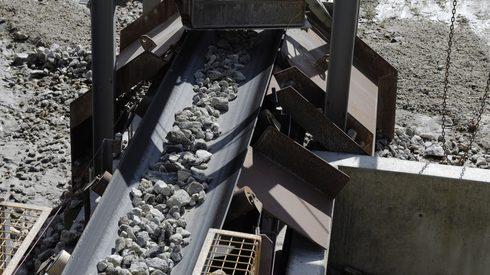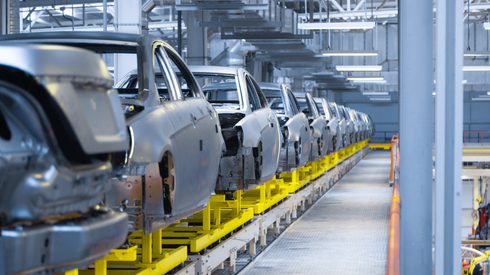For many years, the topic of green steel and green steel pricing has caused some divisions within the steel industry. With many steelmakers making large investments in low carbon production methods such as scrap-based electric-arc furnaces (EAFs) and shifting to hydrogen-reduced iron plants, it has never been more important for a clear, standardized way to understand green steel
What constitutes green steel today?
The most common definition for green steel is simply any steel with the lowest carbon footprint currently possible, which will vary from producer to producer and will continue to evolve over time.
“Any electricity generation is base-loaded off some sort of fossil fuel and a process that involves fossil fuel or metallics. So to get something truly produced with zero emissions is a nice aspiration, but sort of a fantasy,” Phil Gibbs, equity research analyst at KeyBanc Capital Markets, said. “[Zero emissions] is utopian. The practical definition is steel produced with as little emissions as possible.”
[Zero emissions] is utopian. The practical definition is steel produced with as little emissions as possible
“Green steel has the least amount of emissions,” according to Eric Stuart, vice president of energy, environment and infrastructure policy at Steel Manufacturers Association (SMA).
“It’s almost more of a mindset, and the definition is based on how you’re producing your steel,” Annie Stefanec, SMA director of external communications and public affairs, said. “Some are finding ways to produce steel with a lower carbon footprint by way of solar, hydrogen, or outside innovative technologies not previously considered. So it may be company specific, but it’s a mindset that’s carrying the domestic global steel industries into the future.”
“The term is a bit nebulous and almost defined company by company,” American Institute of Steel Construction director of government relations and sustainability Max Puchtel said. “It’s just someone’s definition of a steel product with a lower carbon footprint.”
Sustainability vs green steel
“We’re focused on the question of what is sustainability – all variations are some form of ‘less bad’, but [International Living Future Institute] is interested in what’s good,” Shawn Hesse, director of business development at the International Living Future Institute, said. “We use our certifications and platforms to codify what that means. So at the simplest level: materials free from known and suspected toxins.”
“What’s making the news a lot these days is steel company efforts to produce a greener version of their typical product, mostly out of Europe, where they’re experimenting with different technologies,” Puchtel said. “The story that doesn’t always come through is they’re typically blast-furnace integrated with the highest footprints and the most regulatory pressure to reduce their footprint. So it’s a bit of a misnomer to talk about green steel in the US because we are already so far ahead.”
“I think this is the piece that’s important to remember,” Hesse said. “At the end of the day, we need to get to a place where we are going beyond just doing less bad.”
Fastmarkets launched a new suite of green steel prices on June 8 to assess the price differential against traditional flat steel prices, creating transparency for the industry and supporting the investment decisions needed to reduce emissions. Learn more about these prices.






